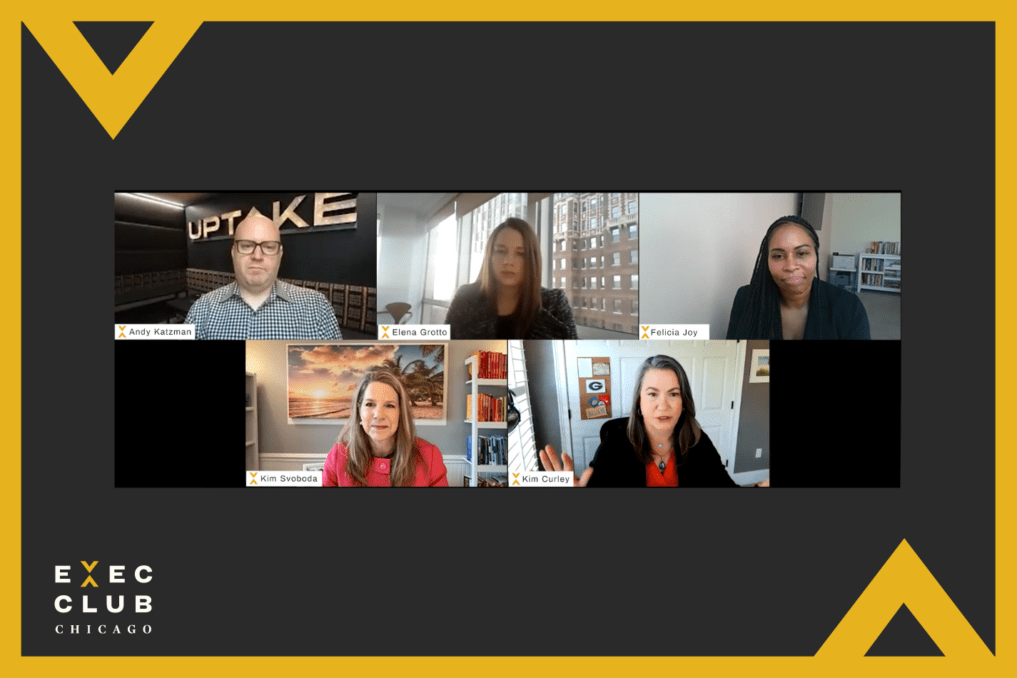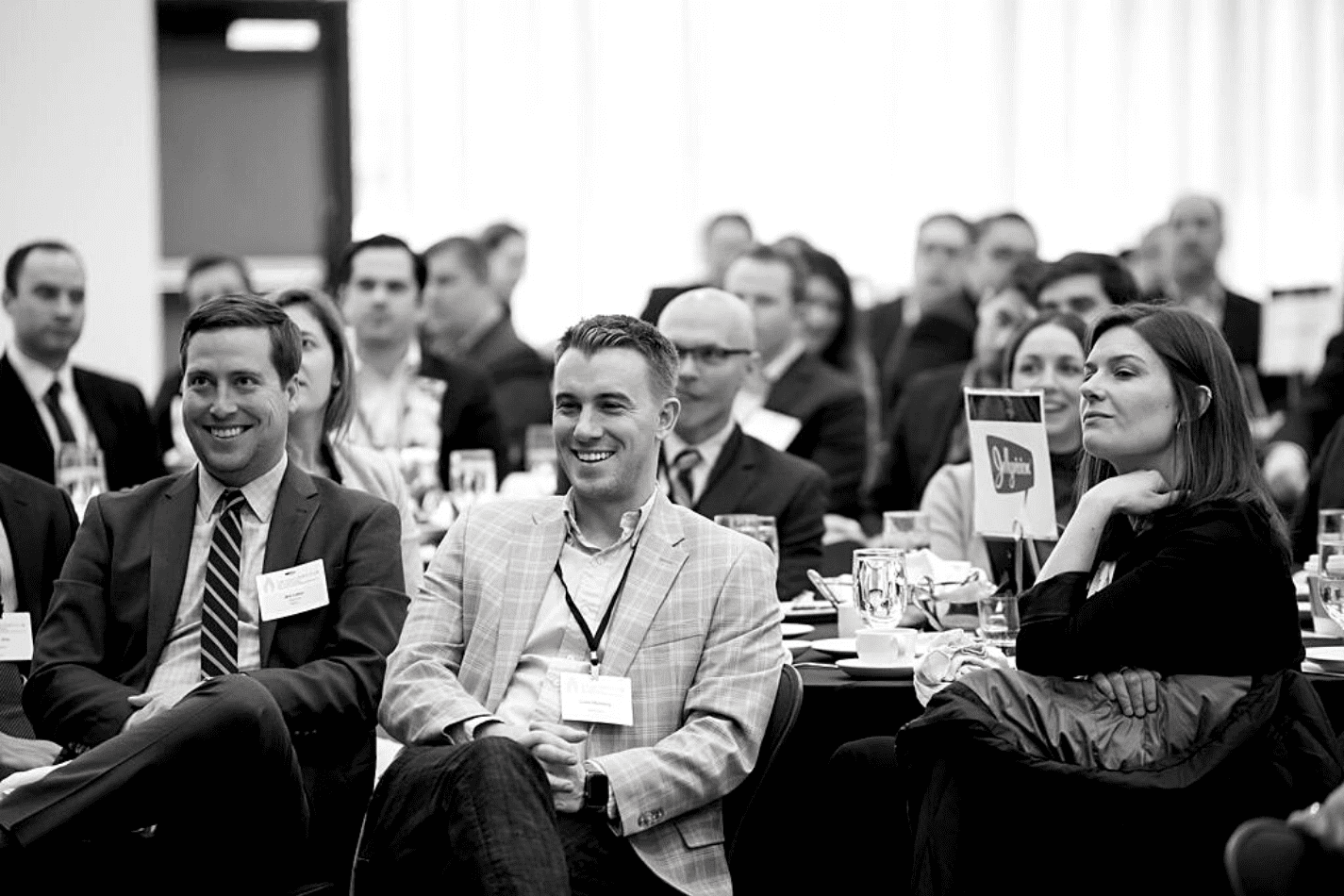
Turning the Employee Engagement Tide
February 10, 2022

Panelist
Kim Curley
Vice President, Workforce Readiness Consulting, NTT DATA Services

Panelist
Elena Grotto
Executive Vice President and Group Head of Business Transformation, Edelman

Panelist
Felicia Joy
Executive Vice President and U.S. Head of Behavioral Science, Edelman

Panelist
Andy Katzman
Vice President, People, Uptake

Moderator
Kimberly Svoboda
Founder, Aspiration Catalyst

